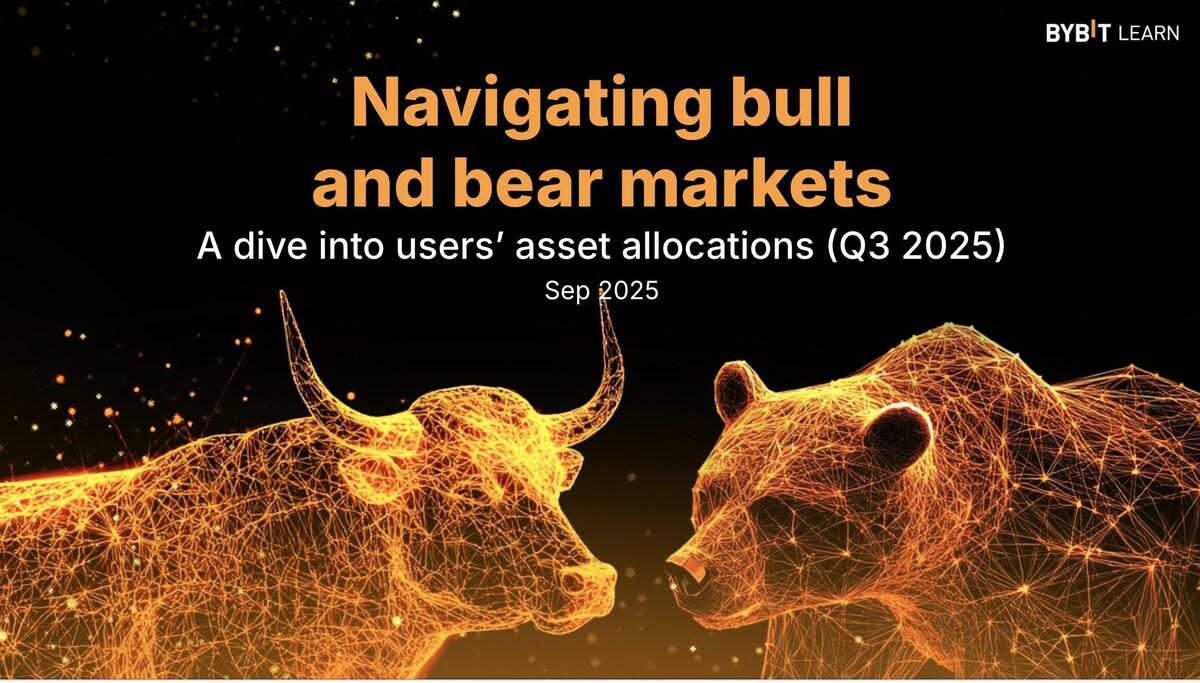The Cognitive Biases That Make You a Terrible Investor (and How to Fight Them)

Have you ever bought a cryptocurrency at its peak just as everyone was talking about it, only to watch it crash days later? Or perhaps you held onto a failing stock, telling yourself it would rebound, even as the losses mounted? If so, you’re not alone. The greatest challenge for most investors isn’t picking the right assets; it’s conquering the emotional and psychological traps hardwired into our brains. Without a solid strategy, many newcomers treat the market less like a vehicle for wealth creation and more like a high-stakes game of chance. This emotionally-driven approach, where gut feelings and hype cycles dictate decisions, is akin to the speculative thrill sought at a place like but it has no place in a successful investment portfolio. The key is to shift from a gambler’s mindset to a strategist’s, and that begins with understanding your own psychology. By recognising these cognitive biases, you can build a disciplined framework for long-term success.
These mental shortcuts often served our ancestors well, but in the world of modern finance, they can lead to disastrous decisions. Let’s delve into the most common biases that sabotage returns and explore practical ways to fight back.
Confirmation Bias: Seeking Evidence That Confirms Your Beliefs
One of the most pervasive cognitive biases is our tendency to favour information that supports our existing opinions while dismissing anything that contradicts them. This is confirmation bias. Once you decide you like a particular investment, your brain will subconsciously filter the available information, highlighting the positives and downplaying the negatives. This creates a dangerous echo chamber that reinforces your initial decision, regardless of whether it was a sound one.
For instance, imagine you believe a certain UK tech stock is the ‘next big thing’. You actively seek out positive news articles, glowing analyst reports, and optimistic forum posts about it. At the same time, you might instinctively ignore or discredit warnings about its high valuation, fierce competition, or underlying market risks. This one-sided research process feels like due diligence, but in reality, it’s just a quest for validation, not truth.
How to Counter Confirmation Bias
Building a defence against this bias requires a conscious effort to challenge your own assumptions. It’s about creating a system that forces you to confront opposing views before you commit your capital.
Here are a few actionable strategies you can implement:
-
Play devil’s advocate: Before making any investment, actively seek out and read at least one detailed bearish report or a series of opposing viewpoints. Ask yourself, “What is the strongest argument against this investment?” Understanding the risks is just as important as recognising the potential rewards.
-
Create a strict checklist: Develop a set of objective, non-negotiable criteria that an asset must meet before you buy it. This could include metrics like its price-to-earnings (P/E) ratio, debt-to-equity ratio, or market position. If the asset doesn’t tick all the boxes, you don’t invest, no matter how exciting the narrative seems.
-
Keep an investment journal: Document precisely why you bought an asset at the time of purchase. Note down the specific data points and your thesis. When you review this entry a few months later, you can honestly assess if your initial reasoning still holds up or if you were simply swept up by a compelling story.
By actively seeking out dissent and sticking to a predefined set of rules, you replace emotional conviction with objective analysis. This discipline is the first step towards breaking free from the self-affirming cycle of confirmation bias.
Loss Aversion & The Sunk Cost Fallacy: The Fear of Being Wrong
Flowing naturally from the need to be right is our powerful fear of being wrong. Behavioural finance has shown that the psychological pain of losing money is roughly twice as powerful as the pleasure felt from an equivalent gain. This is loss aversion. It’s why a £100 loss stings far more than a £100 win feels good. This fear causes investors to hold onto losing positions for far too long, hoping to avoid the pain of ‘locking in’ a loss.
This is compounded by the sunk cost fallacy—our tendency to continue with a losing venture simply because we’ve already invested significant time, money, or effort into it. In investing, this looks like holding onto a stock that has dropped 50% not because you genuinely believe in its future prospects, but because selling would mean admitting defeat and making the loss real. You tell yourself it might recover, even as the company’s fundamentals continue to worsen.
To illustrate the difference between an emotional and a strategic reaction, consider the following table. It breaks down how a disciplined investor acts compared to one driven by fear.
Scenario: Your stock is down 25%
Emotion-Driven Response (Loss Aversion)
Strategy-Driven Response (Rational)
Analysis
“I can’t sell now and lose money. I’ll just hold on and hope it comes back.”
“Does my original reason for buying this stock still stand? Have the company’s fundamentals changed for the worse?”
Action
Hold indefinitely or, even worse, “average down” by buying more without a clear reason.
Sell the position to cut losses and reallocate capital to a better opportunity, or hold based on a clear re-evaluation of its value.
Mindset
Focused on the past loss and the money already spent.
Focused on future opportunity, capital preservation, and making the best decision with the capital you have today.
As the table shows, a rational investor assesses the situation based on current facts, not past emotions. Freeing up capital from a losing position isn’t an admission of failure; it’s a strategic move to pursue better returns elsewhere.
Herd Mentality & FOMO: The Danger of Following the Crowd
Just as we fear being wrong, we also have a deep-seated fear of being left behind. Herd mentality is our powerful, primal instinct to follow and copy what others are doing, assuming the crowd knows best. In the investment world, this manifests as FOMO, or the Fear Of Missing Out. It’s that anxious feeling you get when a ‘meme stock’ or a hyped cryptocurrency is soaring, and it seems like everyone but you is getting rich.
This impulse is amplified by social media, where trending assets and dramatic success stories can create a frenzy. Investors pile in, often at the peak of a bubble, without doing any research into the underlying value or fundamentals. They buy simply because the price is going up and they don’t want to miss the party. This rarely ends well, as the latecomers are often left holding the bag when the initial hype fades and the price corrects.
Strategies to Build Your Own Conviction
Resisting the pull of the crowd requires building your own robust investment framework. Your decisions should be based on your personal financial goals and research, not on market noise.
Start by creating a personal investment plan that outlines your goals, risk tolerance, and time horizon. Automate your decisions where possible through strategies like dollar-cost averaging (DCA), where you invest a fixed amount of money at regular intervals. This removes the emotional guesswork of trying to ‘time the market’. Most importantly, set clear entry and exit points before you ever invest a single pound. This pre-commitment ensures your future self can’t sabotage your plan in a moment of market panic or euphoria.
Build Your Fortress: Your Action Plan for Rational Investing
We’ve explored how confirmation bias narrows our vision, how loss aversion makes us cling to our mistakes, and how herd mentality can lead us off a cliff. These cognitive biases are not personal failings; they are universal features of human psychology. However, they don’t have to dictate your financial future.
Successful investing is less about discovering a secret formula and more about mastering your own emotions through discipline and strategy. By building systems, checklists, and a solid plan, you create a fortress that can withstand the emotional storms of the market. True financial empowerment comes from taking control and acting with intention.
Your challenge this week: Look at your portfolio and identify one position you suspect you are holding for emotional reasons. Take ten minutes to write down a logical, data-driven case for either keeping it or selling it. Take the emotion out of the equation and start building your fortress against bias, one rational decision at a time.
Disclaimer: This is a sponsored article and is for informational purposes only. It does not reflect the views of Crypto Daily, nor is it intended to be used as legal, tax, investment, or financial advice.




